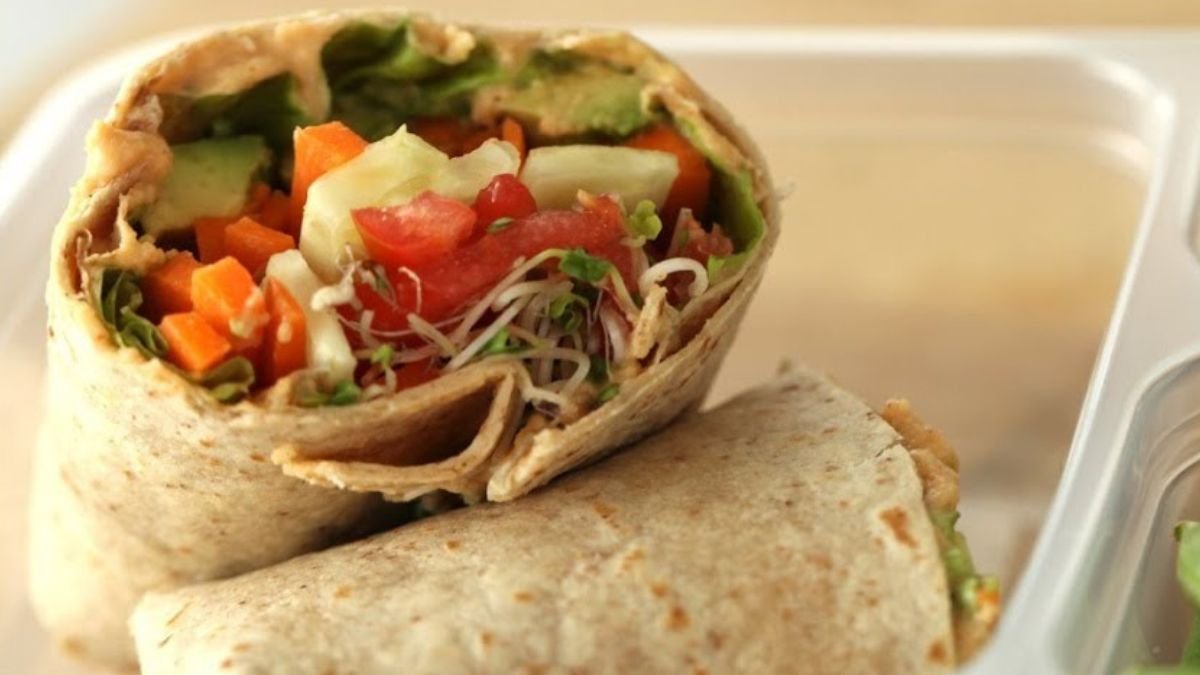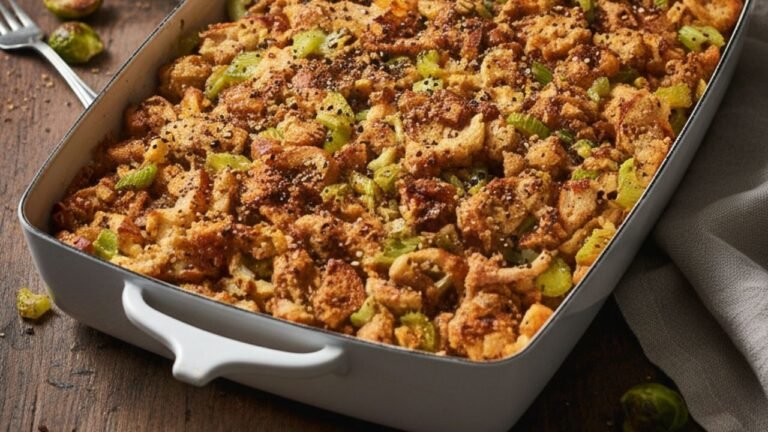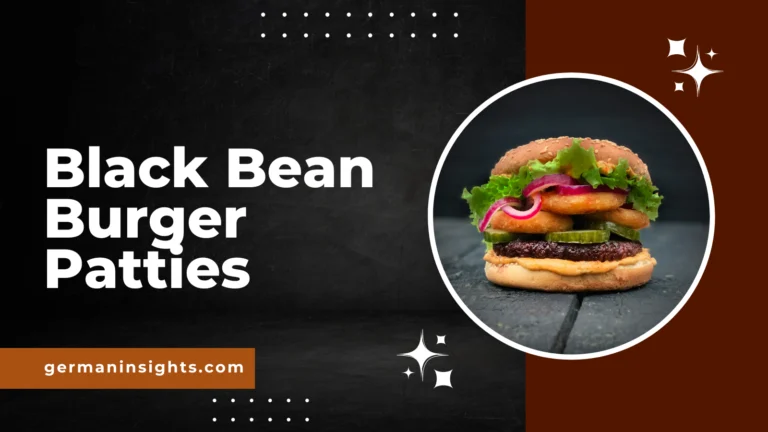Hummus and Vegetable Wrap on Whole Wheat Tortilla

A straightforward recipe for a hummus and vegetable wrap on a whole wheat tortilla, along with detailed nutritional information. It offers a healthy, nutrient-dense meal that is highly customizable and perfect for a quick lunch or light dinner. Below is a brief overview of the recipe and its nutritional profile.
A Classic Hummus and Vegetable Wrap
This simple and flexible recipe serves as an excellent foundation. Feel free to substitute the vegetables with your personal favorites.
Ingredients (for one wrap)
- 1 large (10-inch) whole wheat tortilla
- 3 tablespoons of hummus (any flavor)
- 1 cup fresh spinach leaves
- 1/4 cup shredded carrots
- 1/4 cup thinly sliced cucumber
- 1/4 cup thinly sliced bell peppers (any color)
- Optional: 1 tablespoon crumbled feta cheese, thinly sliced red onion
Step-by-Step Instructions
- Prepare the Tortilla: Lightly warm the tortilla for about 15-20 seconds in a microwave or a dry skillet. This makes it softer and more pliable, which helps prevent it from tearing when you roll it.
- Spread the Hummus: Lay the warm tortilla on a flat surface. Spread the hummus evenly across the tortilla, leaving about a one-inch border around the edges.
- Create a Moisture Barrier: Arrange the spinach leaves in a flat layer over the hummus. This is the most important step for preventing the wrap from becoming soggy, especially if you are making it ahead of time.
- Add the Vegetables: Place the shredded carrots, sliced cucumber, and bell peppers in a line down the center of the spinach layer. If you’re using optional ingredients like feta or red onion, sprinkle them on top. Avoid overstuffing the wrap, as this can make it difficult to roll.
- Fold and Roll: To create a secure wrap, first fold the left and right sides of the tortilla in towards the center, over the fillings. Then, holding the sides in place, pull the bottom edge of the tortilla up and tightly roll it forward until it’s completely enclosed.
- Serve: You can serve the wrap immediately or slice it in half diagonally. For meal prep, wrap it tightly in parchment paper or foil to hold its shape.
Nutritional Breakdown
The nutritional content of a hummus and vegetable wrap can vary significantly based on the size and brand of the tortilla, the type of hummus, and the quantity and type of vegetables used. The table below provides an estimated range for a wrap made according to the recipe above.
| Nutrient | Estimated Amount | Primary Sources in the Wrap |
|---|---|---|
| Calories | 300 – 380 kcal | Whole wheat tortilla, hummus |
| Protein | 10 – 14 g | Whole wheat tortilla, hummus (from chickpeas) |
| Carbohydrates | 35 – 45 g | Whole wheat tortilla, vegetables |
| Dietary Fiber | 9 – 13 g | Whole wheat tortilla, vegetables, hummus |
| Total Fat | 12 – 18 g | Hummus (from tahini and olive oil) |
| Sodium | 550 – 850 mg | Tortilla, hummus, optional feta cheese |
A typical 10-inch whole wheat tortilla contains around 200 calories, 34g of carbohydrates, and 6g of protein. Three tablespoons of commercial hummus add approximately 75-96 calories, 4g of fat, and 4g of protein. The fresh vegetables contribute additional fiber, vitamins, and minerals with minimal calories.
Customizing Your Wrap
One of the best features of a hummus wrap is its versatility. You can easily modify it to suit your taste, use up ingredients you have on hand, or meet different dietary needs.
Vegetable Variations
While carrots, cucumbers, and bell peppers offer a great crunch, consider these other delicious vegetable additions:
- Avocado slices
- Roasted red peppers
- Shredded red cabbage
- Sliced tomatoes (if eating immediately)
- Broccoli sprouts or alfalfa sprouts
- Shredded lettuce or mixed greens
- Grilled zucchini or eggplant
Protein Boosters
To make your wrap a more filling and substantial meal, you can increase the protein content with one of the following:
- A scoop of whole chickpeas
- Grilled chicken strips
- Sliced hard-boiled egg
- Crumbled tofu or tempeh
- A slice of turkey or ham
Flavorful Additions
Beyond the classic recipe, you can enhance the flavor with different spreads and toppings:
- Flavored Hummus: Try roasted red pepper, garlic, or jalapeño hummus.
- Cheese: In addition to feta, try goat cheese or shredded cheddar.
- Sauces: A drizzle of balsamic vinaigrette or green goddess dressing can add zest. If you plan to pack the wrap for later, it’s best to pack sauces on the side to prevent sogginess.
Pro Tips for Preparation and Storage
A few simple techniques can elevate your wrap from good to great and make it a reliable option for meal prepping.
The Art of the Fold
A well-folded wrap is less likely to fall apart. The “burrito-style” method of folding the sides in first before rolling from the bottom is the most secure technique. It creates a sealed package that holds all the ingredients inside.
Preventing a Soggy Wrap
Sogginess is the biggest challenge when making wraps ahead of time. Here are the most effective strategies to keep your wrap fresh and crisp:
- Use a Barrier Layer: Always place a layer of large, dry leafy greens like spinach or romaine lettuce directly against the tortilla to protect it from the moisture of the hummus and other fillings.
- Choose Thicker Spreads: Hummus is a great choice because it’s less watery than thin dressings. If you use a vinaigrette, consider packing it separately.
- Mind Your Ingredients: Be cautious with high-moisture ingredients like fresh tomatoes and pickles if you aren’t eating the wrap right away. It’s often better to add them just before serving.
- Cool Hot Fillings: If you’re adding cooked ingredients like grilled chicken or roasted vegetables, let them cool to room temperature before assembling the wrap. Steam from hot fillings will create condensation and make the tortilla soggy.
Meal Prepping and Storage
Hummus wraps can be prepared in advance for a quick grab-and-go lunch. For best results, wrap each one tightly in parchment paper, wax paper, or foil. This not only holds it together but also helps manage moisture. Store the wrapped sandwiches in an airtight container in the refrigerator for up to three days. Some sources suggest adding a dry paper towel to the container to absorb any excess moisture.
If you’re looking for more recipes like Lemon-Poppy Seed Oatmeal and Peanut Butter and Jelly Chia Pudding subscribe to join us.






